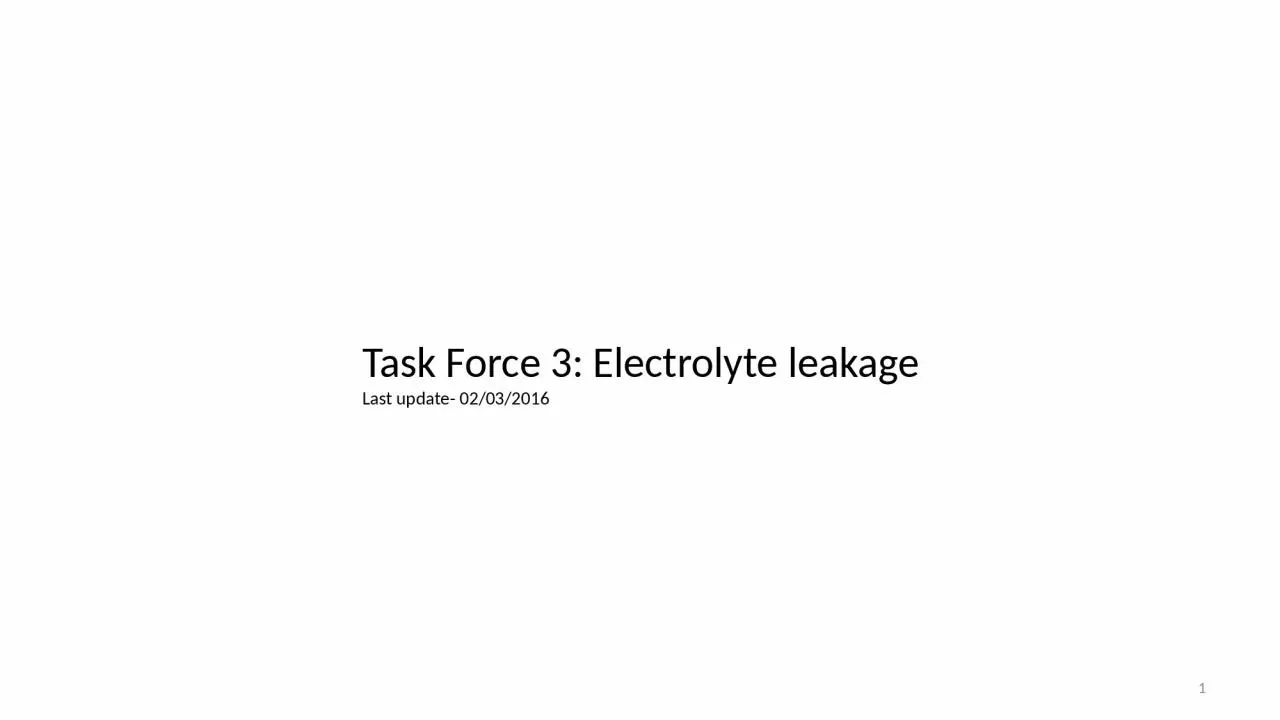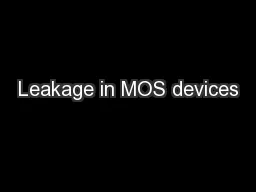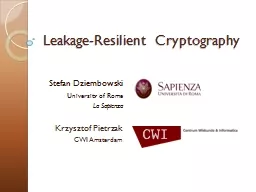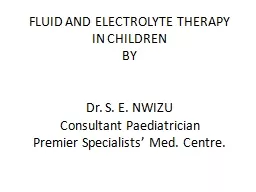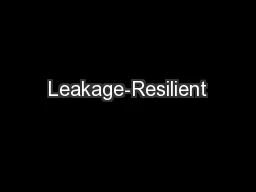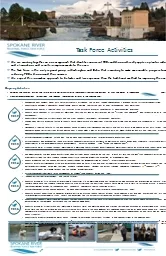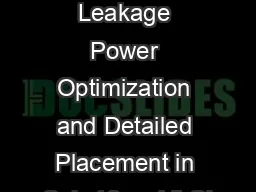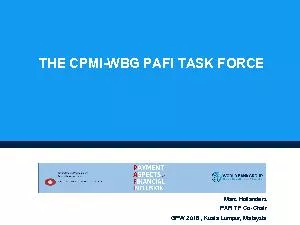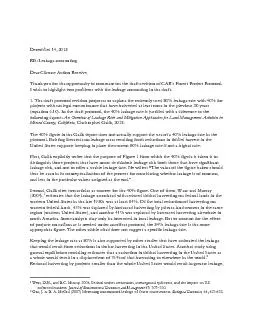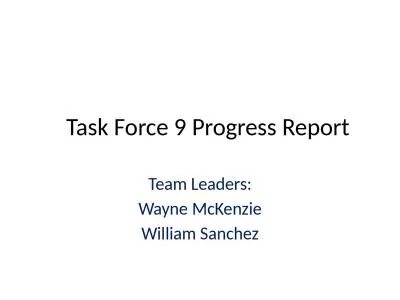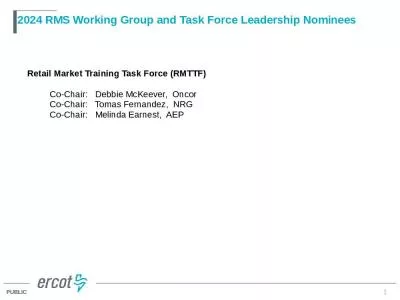PPT-Task Force 3: Electrolyte leakage
Author : taylor | Published Date : 2024-03-13
Last update 02032016 1 Test items Purpose of the test Issue Vibration The user is supposed to continue to use the vehicle after the event In this case stringent
Presentation Embed Code
Download Presentation
Download Presentation The PPT/PDF document "Task Force 3: Electrolyte leakage" is the property of its rightful owner. Permission is granted to download and print the materials on this website for personal, non-commercial use only, and to display it on your personal computer provided you do not modify the materials and that you retain all copyright notices contained in the materials. By downloading content from our website, you accept the terms of this agreement.
Task Force 3: Electrolyte leakage: Transcript
Download Rules Of Document
"Task Force 3: Electrolyte leakage"The content belongs to its owner. You may download and print it for personal use, without modification, and keep all copyright notices. By downloading, you agree to these terms.
Related Documents

